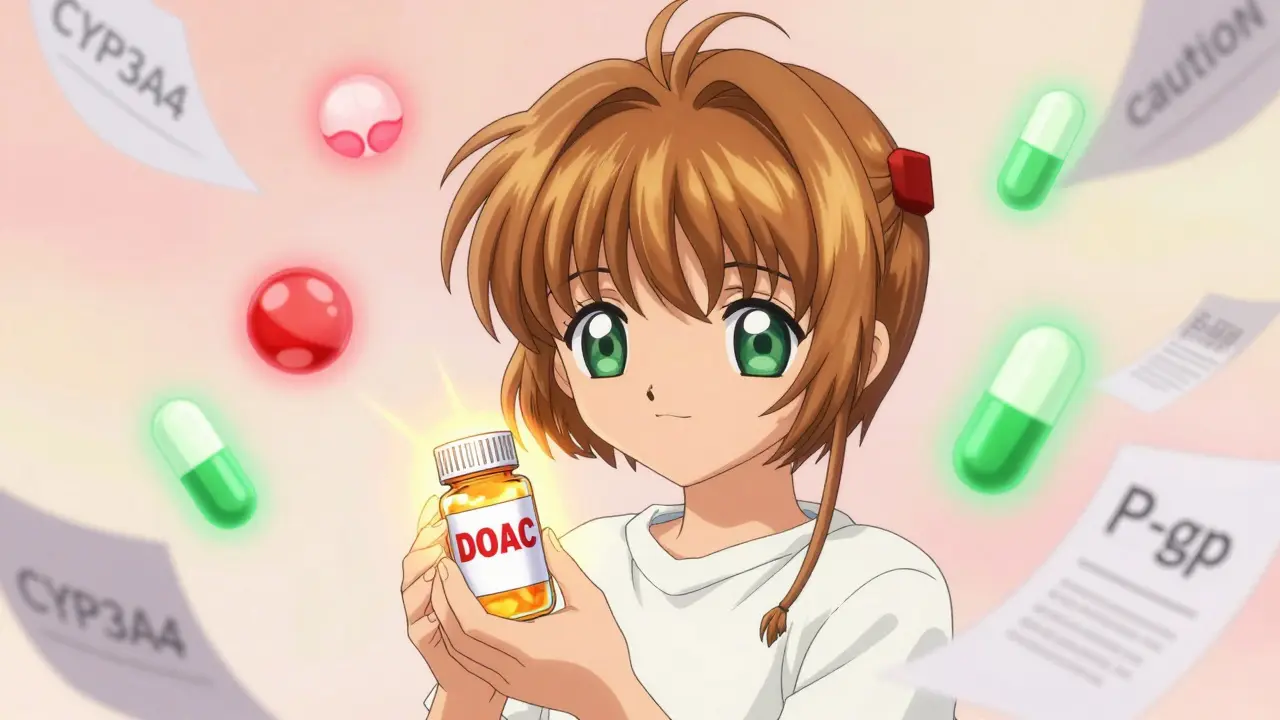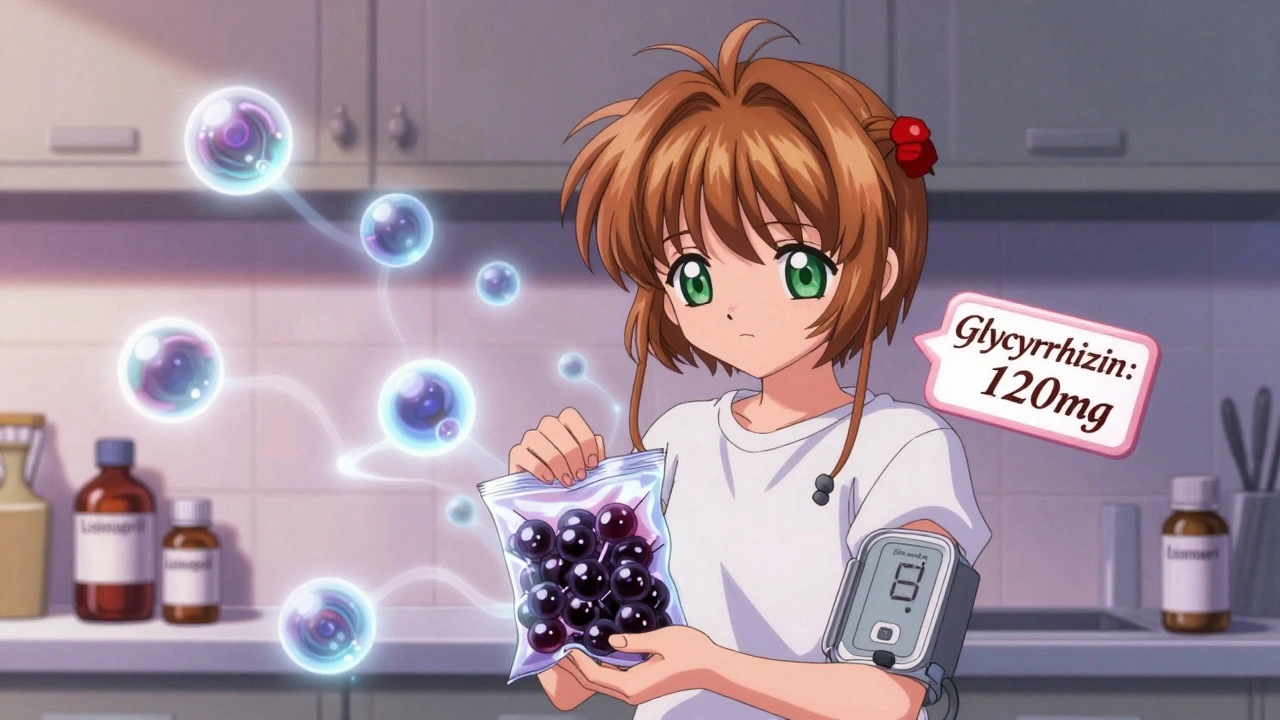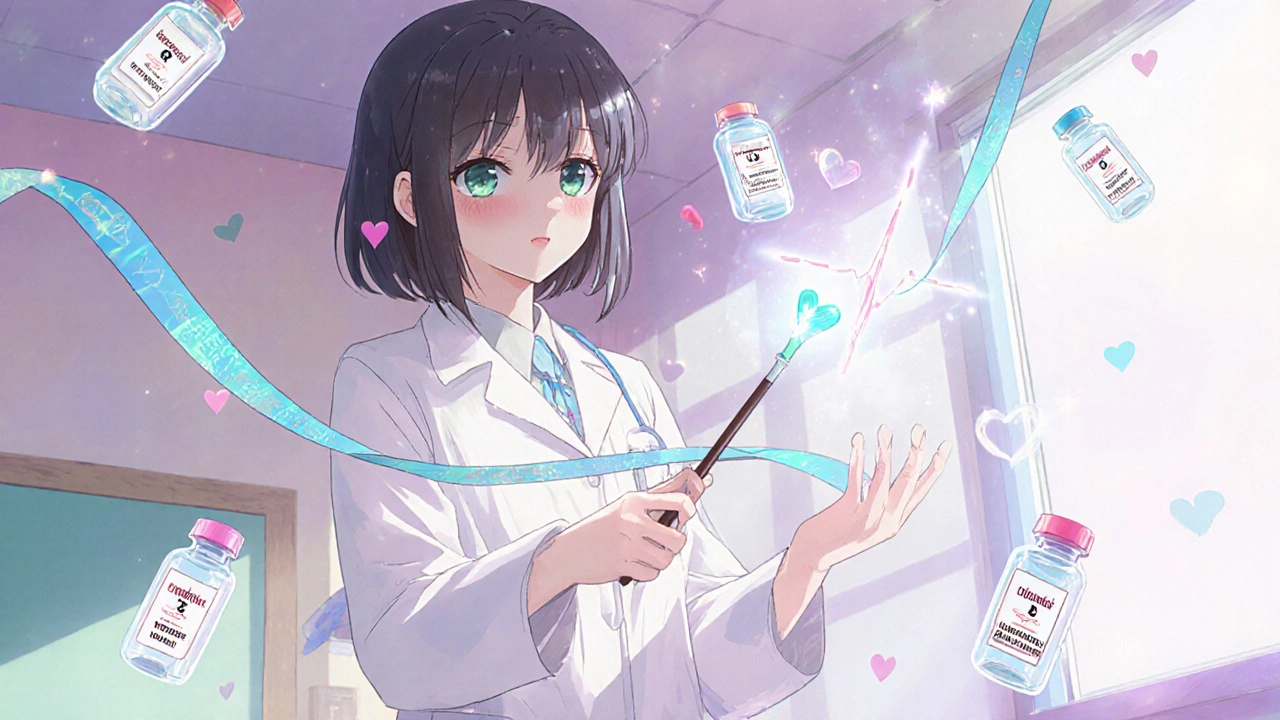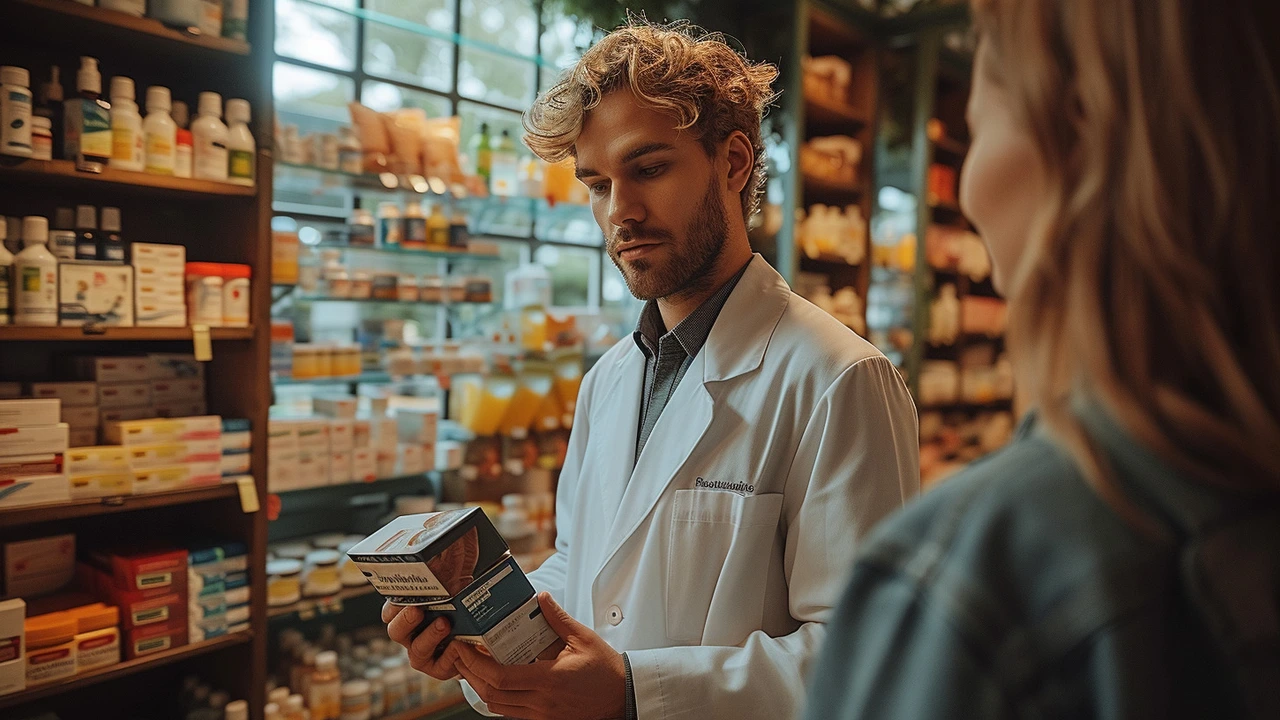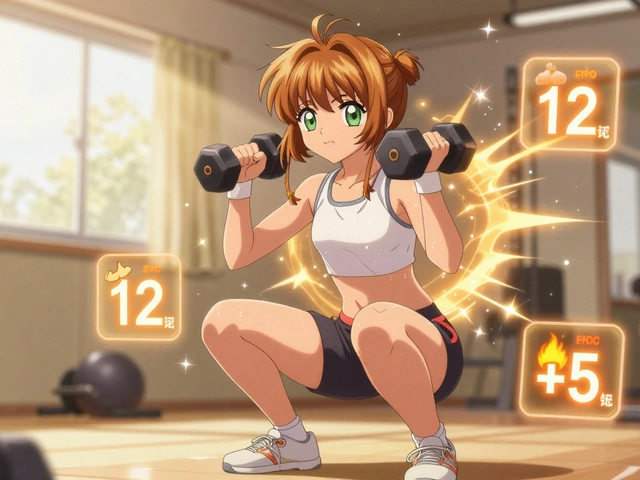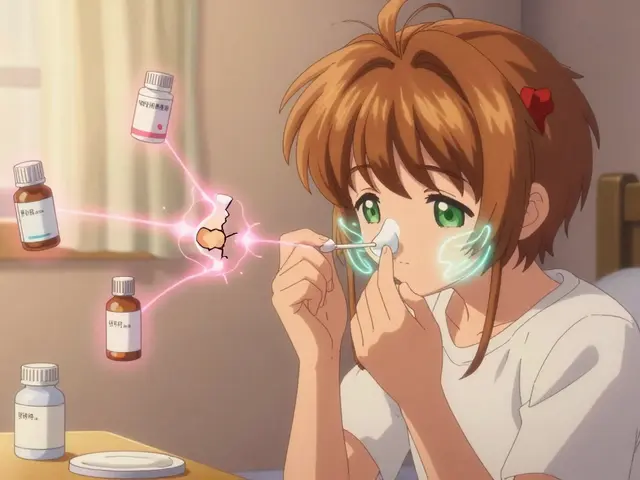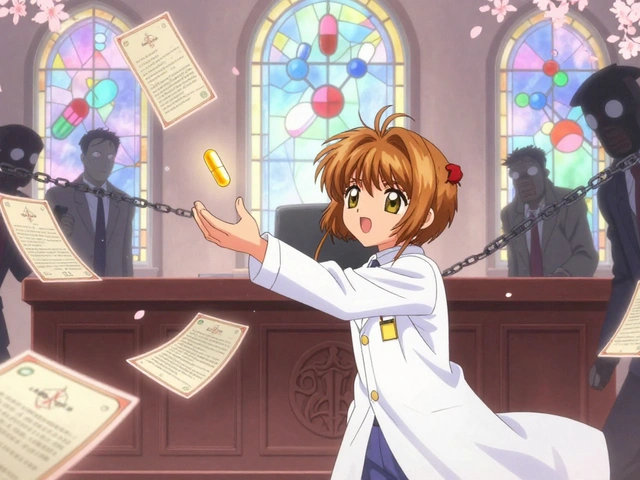Drug interactions: what to watch for and what to do
Mixing medicines, supplements, or even certain foods can change how a drug works — sometimes making it weaker, sometimes dangerous. You don’t need a pharmacy degree to protect yourself. A few simple checks and habits catch most problems before they start.
Common interaction types and real examples
Some interactions are predictable. For example, grapefruit juice raises blood levels of many statins and calcium channel blockers like nifedipine, which can increase side effects. MAO inhibitors (like tranylcypromine) plus certain antidepressants or decongestants can cause dangerous spikes in blood pressure or serotonin. Blood thinners such as warfarin react with many antibiotics and herbal products, changing bleeding risk.
Herbs and supplements matter. St. John's wort lowers levels of many prescription drugs. OTC painkillers or NSAIDs can raise bleeding risk when combined with anticoagulants. Even supplements like calcium and iron can block absorption of levothyroxine if taken at the same time.
Some interactions come from changes in the body. Drugs that affect the liver enzyme system (CYP450) can boost or cut the amount of another drug in your blood. Other meds slow stomach emptying — semaglutide, for example — and that can change how fast oral drugs take effect.
How to check interactions and act
Keep one current list of everything you take: prescriptions, OTC, vitamins, herbs. Share that list with every provider and pharmacist. Before starting a new drug or ordering online, run the names through a reliable interaction checker (FDA, U.S. clinical sites, or a pharmacy app).
When buying meds online, use legit pharmacies and keep a record of the exact product and batch if possible. If a site can’t provide a pharmacist contact or full product info, don’t buy. Ask the pharmacist directly about common troublemakers like grapefruit, NSAIDs, St. John's wort, or MAOI interactions.
If you get a new prescription, ask: "Does this interact with my other meds or supplements?" Ask about food, alcohol, and timing — some drugs need to be taken on an empty stomach; others require consistent timing to avoid interactions.
Watch for warning signs: sudden dizziness, extreme drowsiness, fainting, fast heartbeat, severe stomach pain, unexplained bruising, confusion, or high fever. If that happens after a change in meds, stop non-essential supplements and call your provider or local emergency number if symptoms are severe.
Two quick habits that help: 1) Separate medicines that bind or block absorption (wait 2–4 hours between levothyroxine and calcium/iron). 2) Avoid mixing alcohol with sedatives, opioids, or many antidepressants.
Final tip: pharmacies and prescribers expect questions. Asking them is the fastest way to stay safe. If you’re unsure, pause new meds until you get a clear answer from a clinician or pharmacist.
DOAC Interactions with Other Medications: What You Need to Know
DOACs like apixaban and rivaroxaban are easier to use than warfarin, but drug interactions can still cause dangerous bleeding or clots. Learn which medications to avoid and how to stay safe.
Licorice and Blood Pressure Medication Interactions: What You Need to Know
Licorice contains glycyrrhizin, which can raise blood pressure and lower potassium, making blood pressure medications less effective. Learn which products to avoid and what to do if you're on antihypertensives.
Magnesium Supplements and Osteoporosis Medications: What You Need to Know About Timing
Magnesium supplements can block the absorption of osteoporosis medications like Fosamax. Learn the exact 2-hour timing rule to protect your bone density and avoid treatment failure.
Antipsychotics & QT‑Prolonging Drug Interactions: Managing Additive Arrhythmia Risk
Learn how antipsychotics combined with QT‑prolonging drugs raise arrhythmia risk and how clinicians can monitor and reduce it effectively.
Navigating Revia Purchase: Safeguard Your Health with Naltrexone
This article offers an extensive guide on purchasing and safely incorporating Revia (Naltrexone) into your health regimen. It delves into the medical aspects, side effects, and drug interactions associated with Naltrexone, providing tips on the most common dosages and recommendations for use. Aimed at ensuring readers' well-being, the article presents valuable insights for anyone considering or currently using Revia.

